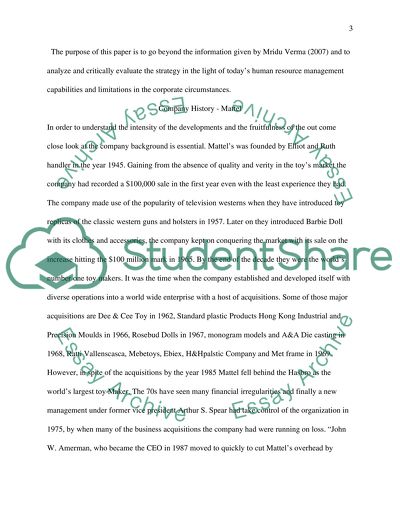Cite this document
(Worlds Largest Toy Company Term Paper Example | Topics and Well Written Essays - 1750 words, n.d.)
Worlds Largest Toy Company Term Paper Example | Topics and Well Written Essays - 1750 words. Retrieved from https://studentshare.org/marketing/1502209-hrm-case-study
Worlds Largest Toy Company Term Paper Example | Topics and Well Written Essays - 1750 words. Retrieved from https://studentshare.org/marketing/1502209-hrm-case-study
(Worlds Largest Toy Company Term Paper Example | Topics and Well Written Essays - 1750 Words)
Worlds Largest Toy Company Term Paper Example | Topics and Well Written Essays - 1750 Words. https://studentshare.org/marketing/1502209-hrm-case-study.
Worlds Largest Toy Company Term Paper Example | Topics and Well Written Essays - 1750 Words. https://studentshare.org/marketing/1502209-hrm-case-study.
“Worlds Largest Toy Company Term Paper Example | Topics and Well Written Essays - 1750 Words”, n.d. https://studentshare.org/marketing/1502209-hrm-case-study.


